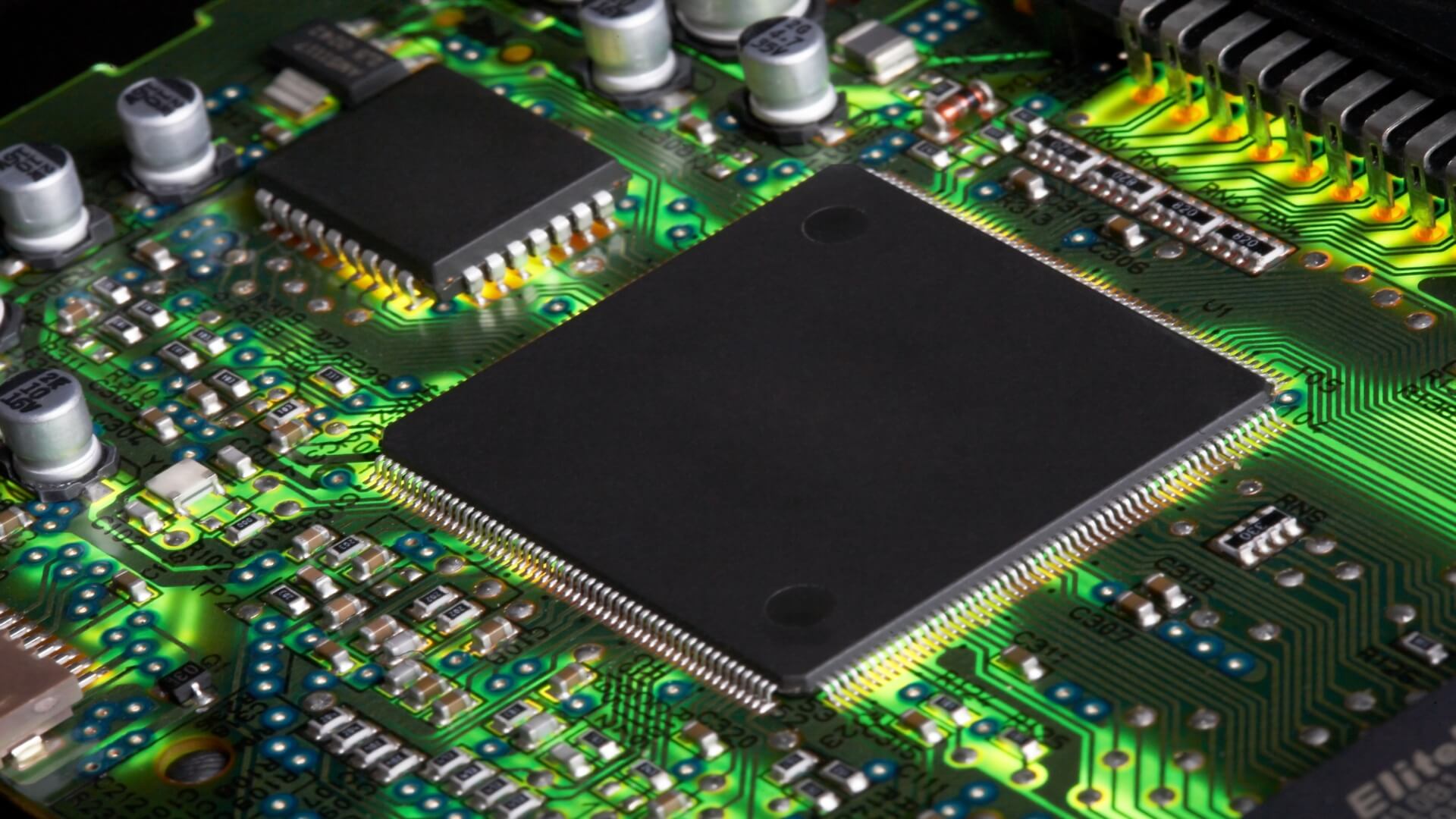The United States has historically led the world in semiconductor innovation in chip design, but now is facing growing competition as other countries prioritize developing their domestic chip industries. A recent Boston Consulting Group and Semiconductor Industry Association study found the US accounts for 46% of global chip design market share in 2021, over twice that of the next closest competitor. However, the CHIPS Act’s $39 billion in manufacturing grants focuses more on fabrication than design. With chip design contributing 50% of the semiconductor industry, innovation is vital for American technological leadership. Maintaining strength in this high-value stage of the supply chain is as important as manufacturing for sustaining US chip competitiveness.
Experts believe the US needs new incentive strategies beyond the CHIPS and Science Act to further promote semiconductor innovation and address challenges to the US semiconductor industry’s leadership. The CHIPS and Science Act was an important first step in developing a more comprehensive set of solutions for semiconductor innovation. They emphasize that it will continue driving US technological competitiveness. In addition, they urge the US to focus on two key priorities – workforce development and R&D funding to maintain an innovation-centric semiconductor policy. Although the CHIPS Act allocates $11 billion to R&D and workforce development, workforce incentives must be substantially increased to train the many highly skilled workers needed for chip design and R&D.
According to experts, semiconductor innovation requires both the knowledge and R&D to design the chip coupled with a reliable supply chain to build it. They suggest the US needs an accompanying innovation-centric policy agenda to ensure the US continues inventing the most advanced chip technologies in the world. Here is an opinion piece we found of interest relating to the need to invest in semiconductor innovation for chip design.
RAI Explainer: Strategic Importance of Continued U.S. Leadership in Chip Design
In an opinion piece “RAI Explainer: Strategic Importance of Continued U.S. Leadership in Chip Design” for the Center for Strategic and International Studies, Hideki Tomoshige, research associate, and Bailey Crane, former research intern, examine what is chip design and why continued US leadership in chip design is important for the nation’s economic competitiveness and national security.
Integrated circuits (ICs), commonly called chips, are electronic circuits where components like transistors and resistors are fabricated together on a semiconductor material like silicon. Chip design firms optimize variables including energy use, speed, and physical size to layout different chips on the material to serve varying functions. Overall, chip design makes up around half of the semiconductor industry’s research and development investments and value creation. This includes both the physical chip layout and the software enabling it to operate.
The authors suggest that the United States enjoys a major competitive edge in semiconductor technology due to its leadership position in chip design. American companies account for 46 percent of global chip design sales and an impressive 72 percent of revenue from chip design software and licenses. This dominant market share supports national technological competitiveness while also providing the resources to sustain investments in research and development. This preserves US dominance in design innovation. Several top technology companies by market valuation, such as NVIDIA, Google, Apple, Facebook, Amazon, Microsoft, and Tesla, are heavily engaged in chip design. Additionally, the authors suggest US chip design leadership ensures a reliable and secure domestic supply of chips for governmental, public, and private software systems. They suggest this circumvents potential security risks associated with reliance on foreign companies like the Chinese firm Huawei.
In addition, the authors believe the CHIPS and Science Act offers subsidies and tax credits to boost domestic semiconductor manufacturing. They suggest the US needs to consider broadening the scope of these incentives to also cover research and development costs for innovative semiconductor design. The authors suggest supporting the full semiconductor production cycle from early design through manufacturing could further bolster American leadership in advanced chip technology. Read more from the Center for Strategic and International Studies.
Disclosure: Fatty Fish is a research and advisory firm that engages or has engaged in research, analysis, and advisory services with many technology companies, including those mentioned in this article. The author does not hold any equity positions with any company mentioned in this article.
The Fatty Fish Editorial Team includes a diverse group of industry analysts, researchers, and advisors who spend most of their days diving into the most important topics impacting the future of the technology sector. Our team focuses on the potential impact of tech-related IP policy, legislation, regulation, and litigation, along with critical global and geostrategic trends — and delivers content that makes it easier for journalists, lobbyists, and policy makers to understand these issues.
- The Fatty Fish Editorial Teamhttps://fattyfish.org/author/fattyfish_editorial/January 3, 2024
- The Fatty Fish Editorial Teamhttps://fattyfish.org/author/fattyfish_editorial/January 3, 2024
- The Fatty Fish Editorial Teamhttps://fattyfish.org/author/fattyfish_editorial/December 31, 2023
- The Fatty Fish Editorial Teamhttps://fattyfish.org/author/fattyfish_editorial/December 28, 2023













